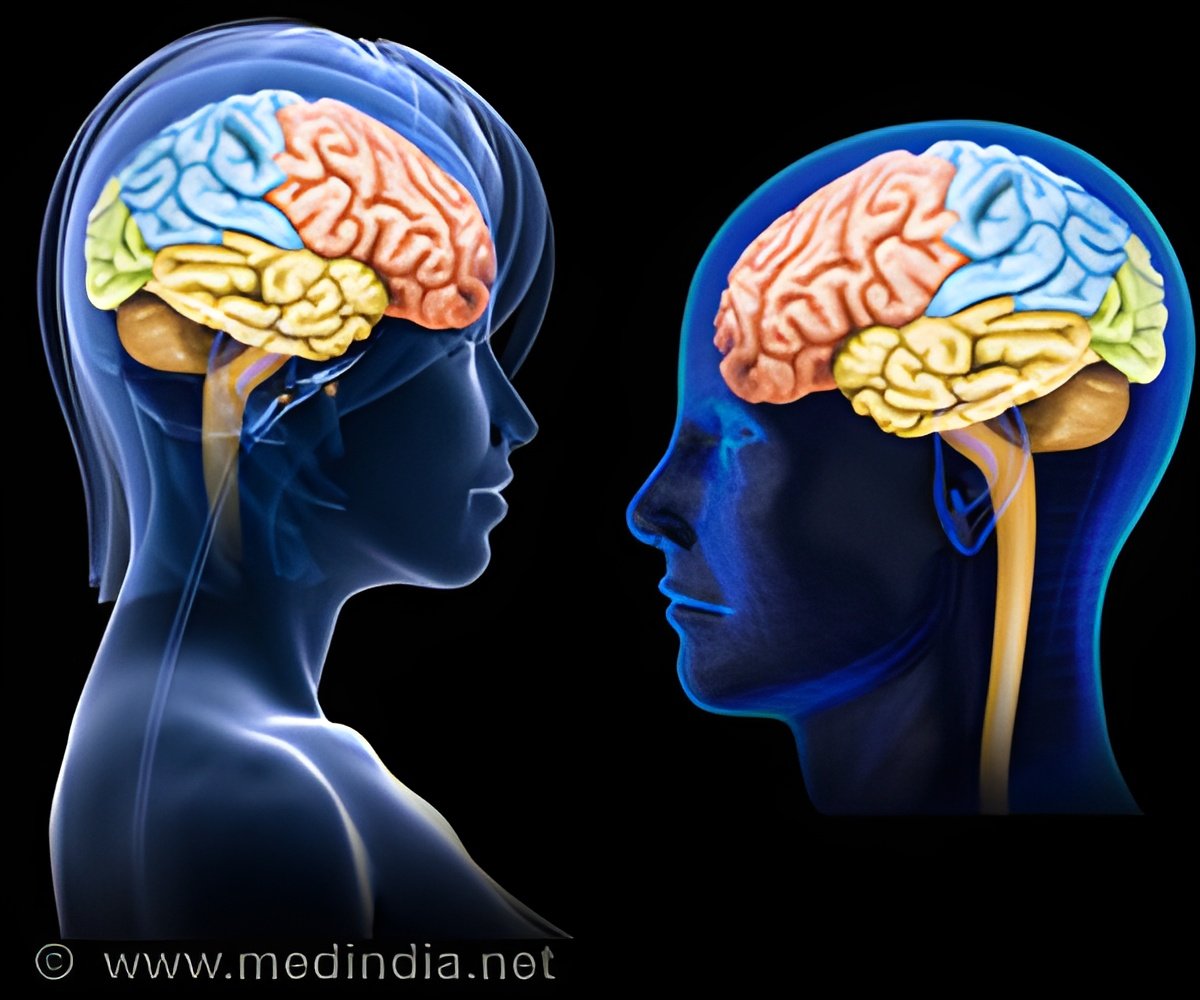
The human cortex is involved in higher functions such as sensory perception, spatial reasoning, conscious thought and language. All mammals have areas in the cortex that process the senses, but they have them in different proportions. Mice, the favorite laboratory animal, are nocturnal, so they have a large somatosensory area (S1) in the cortex, responsible for somatosensation, or feelings of the body that include touch, pain, temperature and proprioception.
"The area layout of the cortex directly relates to the lifestyle of an animal," says Zembrzycki. "Areas are bigger or smaller according to the functional needs of the animal, not the physical size of the body parts from which they receive input."
Even with relative sizes to other species set in place, areas in the cortex of humans may differ greatly across individuals. Such variations may underlie why some people appear to be naturally better at certain perceptual tasks, such as hitting a baseball or detecting the details of visual illusions. In patients with neurological disorders, there is an even wider range of differences.
The neurons in S1 are arranged in functional groups called body maps according to the density of nerve endings in the skin; thus, there's a larger group of neurons dedicated to the skin on the face, than the skin on the legs. Neurosurgeon Wilder Penfield famously illustrated this idea as a "sensory homunculus," a cartoon of disproportionately sized body parts arching over the cortex. Mice have a similar "mouseunculus" in their cortex in which the body map of the facial whiskers is highly enlarged.
These perceptual maps are not set for life. For example, if innervation of a body part is diminished early in life during a critical period, its map may shrink, while other parts of the body map may grow in compensation. This is a version of "bottom-up plasticity," in which external experience affects body maps in the brain.
Advertisement
"Top-down plasticity complements in a reverse fashion the well-known bottom-up plasticity induced by sensory deprivation," says O'Leary.
Advertisement












